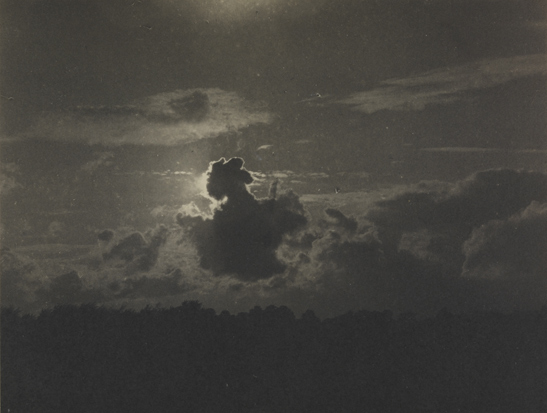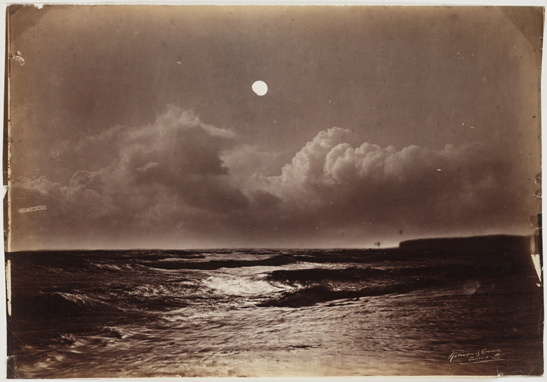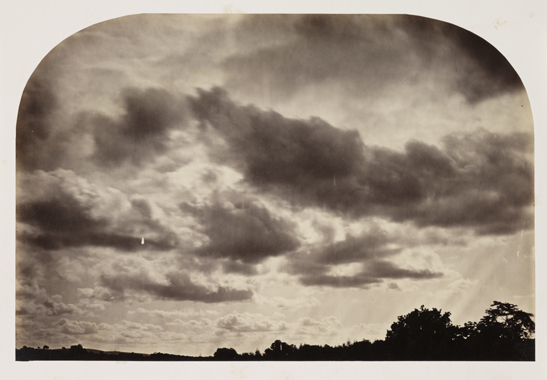Courier trips are often perceived to be one of the perks of being a curator—a chance to travel the world in luxury at someone else’s expense. The reality, of course, is usually very different.
Often, the only parts of a country you get to see are the airport, a hotel and the inside of a museum or gallery. That said, I’ve just had a pleasant and stimulating trip to Vienna to bring back two photographs by Roger Fenton that had been loaned for inclusion in an exhibition held at Vienna’s Leopold Museum.

Clouds: Fleeting Worlds was a major mixed-media exhibition which explored how artists have depicted clouds—”strange elusive formations… conveyors of different emotions and messages”.
It included work by a pantheon of great painters and photographers, including Roger Fenton, Ansel Adams, Alfred Stieglitz, Edward Steichen, Claude Monet, Vincent van Gogh, Gustav Klimt and John Constable.
John Constable wrote that skies were “the chief organ of sentiment” in landscape painting. This feeling was echoed by early landscape photographers.

However, the natural rendition of skies and clouds presented a major technical problem for all photographers of the period. Early photographic emulsions weren’t equally sensitive to all parts of the spectrum. A negative correctly exposed for the landscape left the sky far overexposed.

Photographers tended to avoid the problem by painting out the sky on their negatives, giving a perfectly blank and even sky in the final print. Another approach was to make the final print by combining two different negatives—one exposed properly for the landscape, the second for the sky.
Most photographers preferred the separate negatives technique.

Henry Peach Robinson, the master of combination printing, felt that even if it were possible to photograph landscape and sky simultaneously, far more artistic results could be achieved by using separate negatives. In his influential book Pictorial Effect in Photography, published in 1879, he wrote:
However natural any sky that may happen to be in the heavens at the time the photograph is being taken, it only occasionally occurs that it is the best, or nearly the best for pictorial effect… What the photographer has to do, then, is to select and use a probable sky to increase the beauty of his work; but it must be such a sky as would render it impossible… for the carping critic… to say it is not true.
Roger Fenton, however, attempted to photograph both landscape and clouds simultaneously.

His 1856 study September Clouds was shown at the Photographic Society exhibition in 1860 where it aroused considerable praise. The Photographic News wrote:
Nothing could surpass the delicacy with which the lights and shadows are given, which is especially evident in the mass of cumulus which fills the centre of the picture, the white, fleecy appearance of the edges illuminated by the sun contrasting admirably with the dark, sombre appearance of the denser portion of the cloud.
Some photographers fell into the trap of using a ‘favourite’ cloud negative in too many of their landscapes. Others resorted to more crude methods. In 1917, The Photo Miniature advised its readers:
The use of pieces of cotton-wool affixed to the negative to simulate clouds is too crass and careless a method to deserve any recognition from a serious artist.